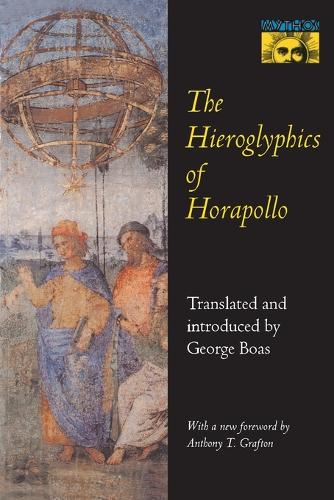
The Hieroglyphics of Horapollo
(Paperback, Revised edition)
Publishing Details
The Hieroglyphics of Horapollo
By (Author) Horapollo Niliacus
Translated by George Boas
Princeton University Press
Princeton University Press
5th December 1993
Revised edition
United States
Classifications
Professional and Scholarly
Non Fiction
Linguistics
493.1
Physical Properties
Paperback
152
Width 197mm, Height 254mm
227g
Description
Written reputedly by an Egyptian magus, Horapollo Niliacus, in the 4th century BC, "The Hieroglyphics of Horapollo" is an anthology of nearly 200 hieroglyphics or allegorical emblems, said to have been used by the Pharaonic scribes in describing natural and moral aspects of the world. Translated into Greek in 1505 AD, it informed much of Western iconography from the 16th through the 19th centuries. This work not only tells how various types of natural phenomena, emotions, virtues, philosophical concepts and human character-types were symbolized, but also explains why, for example, the universe is represented by a serpent swallowing its tail, filial affection by a stork, education by the heavens dropping dew, and a horoscopist by a person eating an hourglass.
Reviews
"Lucid language [and] stimulating and provoking thinking . . . are among the merits of this small book that will certainly become an invaluable source for students interested in Renaissance symbolism."George Mylonas
Author Bio
At the time of his death George Boas was Professor of History at the Johns Hopkins University.
